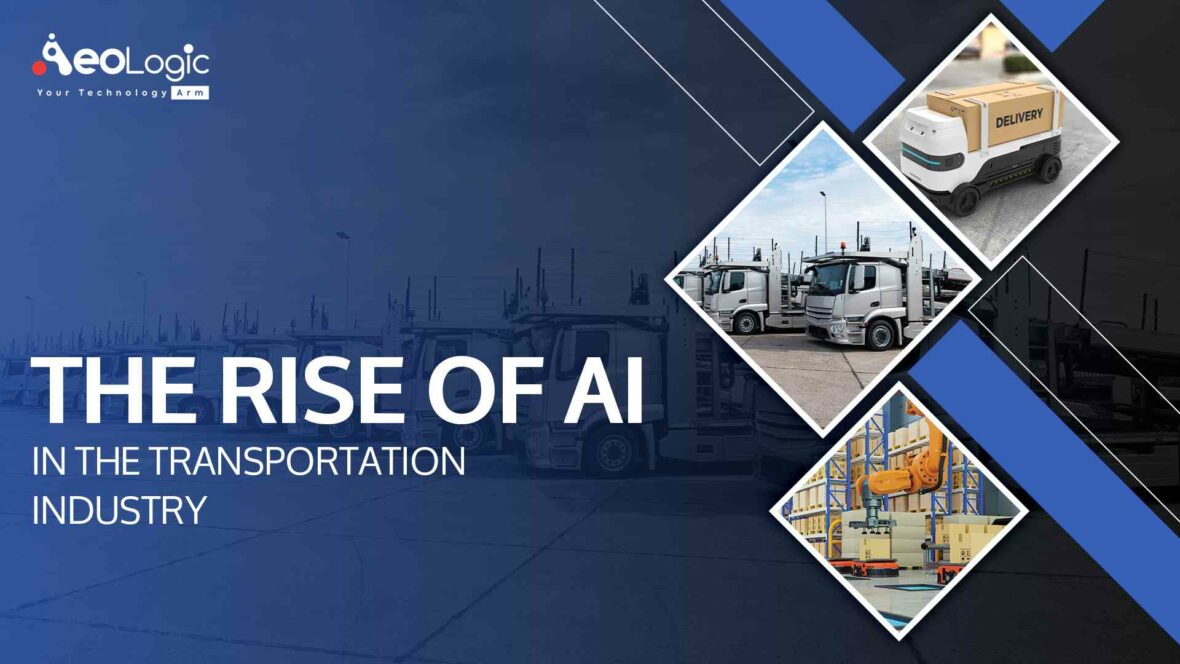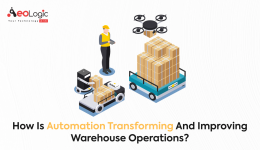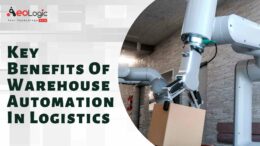The rise of artificial intelligence (AI) in the transportation industry is increasing day by day and the world has started seeing the future which is driven by AI.
Imagine a world where cars drive themselves, traffic never jams and your travel routes are delivered in real-time. A world where what’s happening down the road is never a surprise, a world where you reach your destination safely and securely every time. You needn’t look any further. The future of transportation has arrived.
Connectivity is an integral and defining aspect of the future of transportation and perhaps all walks of life. But what is it? And what good does it do?
It’s the overall concept of a world where everything from infrastructure to transport to society, in general, is digitally and seamlessly integrated and connected. Artificial intelligence can help us to develop both new and enhanced products and services. It can help us with business disruption and also the internal efficiency.
The implementation of AI technology in different lines in the transportation industry can be used seamlessly. Following are the things AI can improvise.
1) In product development it can be used to design advanced trucks
2) AI can be used in R&D in general
3) AI enables route cause analysis
4) AI lead to component prediction
5) AI can also be used to enhance features like autonomous solutions.
6) AI is used by driver operators to support them and couch them
7) AI can be used to go for the transport route optimization, fill rate, and electrification
That’s not done yet! The implementation of artificial intelligence is extremely beneficial for smart traffic management.
Smart Traffic Management
While road users are dynamic and ever-changing traffic signals still work on fixed timing plans developed over 100 years ago, adding to that more than 90 million new vehicles every year resulting in an annual increase of 12 percent in congestion.
No traffic platforms connect roads, users, and the city grid. Solving today’s traffic challenges while preparing cities for a connected and autonomous era.
The AI-driven traffic management system allows cities for the very first time to intelligently define traffic policies and artificial intelligence algorithms autonomously implement them to maximize road capacity in a few hours. The intersections are transformed into a fully connected and autonomously managed grid.
Now traffic plug-and-play AI sensors identify at the human eye level. Different types of approaching road users are identified, and their speed and location are calculated.
The Platform
The platform operates autonomously to optimize traffic flow based on the actual demand from the entire grid. The app engine communicates with other intersections, constantly transmitting and receiving essential data.
For the very first-time traffic lights respond to dynamic road conditions in real-time. No traffic is digitizing the infrastructure to prepare for the connected era but the implementation of artificial intelligence allows for a smart infrastructure that both talks with and listens to vehicles and pedestrians. Million of drivers will enjoy a quality of life with no traffic.
Conclusion
To sum up, the smart traffic management system is extremely important and needs of the hour, and that can be done seamlessly with the implementation of artificial intelligence (AI) technology. AI has tons of benefits for the transportation industry and is uplifting it astonishingly day by day. Above mentioned benefits are just a few pieces of the cake. If you have a transportation business and you looking for exponential growth then artificial intelligence (AI) technology is the one you should implement now.






